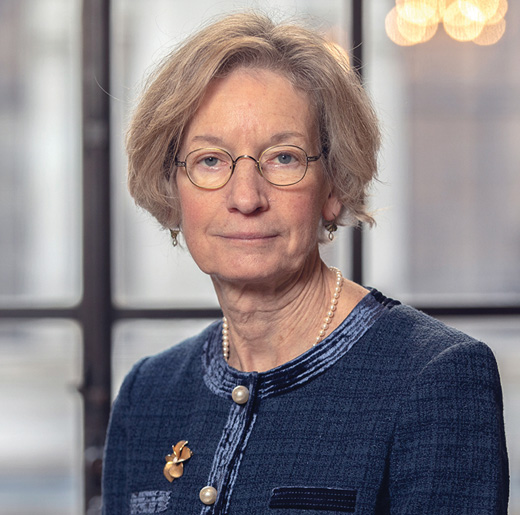
Bank of England rate-setter Catherine Mann said she voted for a half-point cut in Bank rate to “cut through the noise” of tariff threats and rising inflation.
The move from Mann, previously the most hawkish member of the central bank’s Monetary Policy Committee, joined dove Swati Dhingra last Thursday to push for a 0.50% reduction.
However, the committee voted 7-to-2 for a 0.25% cut to 4.5%.
The Bank also slashed its 2025 growth forecasts made in November to 0.75% from 1.5% and predicted that inflation will rise from its current 2.5% level to 3.7% in the third quarter of this year.
But Mann said her vote is meant to send a message of intent to the market — despite the spectre of global trade wars prompted by US President Donald Trump and a jump in inflation later this year.
“To cut through the noise, bolder action and more explicit communication of current stance and future path are needed,” said Mann in a speech at Leeds Beckett University.
“To the extent that we can communicate what we think are the appropriate financial conditions for the UK economy, a larger move is a superior communication device, in my view,” she added in an interview with the Financial Times.
The external MPC member said in her speech that she expects the labour market to weaken this year and described the expected rise in prices as a “hump”.
Mann fears firms will struggle to raise prices this year as consumers are hit by job losses and as spending softens.
She expects “average wage settlements to fall to below 4%” this year, adding that, “the current and likely continued weak demand conditions will lead to a further loosening of the labour market”.
Though she added that the “inflation hump” at the back end of this year would come from higher insurance premiums, water and phone bills and are “not driven by underlying domestic inflationary pressures”.
But the Brandeis University professor does fear that the UK economy faces “structural impediments and macroeconomic volatility in the longer term”.
Mann said her vote last week called for an “activist policy maker” to send a broader direction of travel to the markets.
But she added that over a shorter timeframe, “monetary policy would need to remain restrictive for some time and Bank rate would likely stay high given structural persistence and macroeconomic volatility.”



